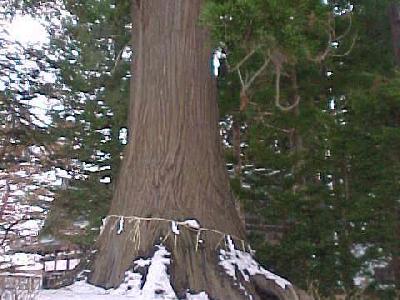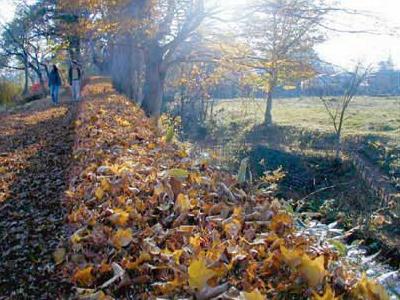|
Shichinohe Castle is said to have been built in the Kamakura period and for a long time was the residence of the Shichinohe Nanbu Clan. In the Edo period, the Nanbu (Morioka) Clan took control of it and placed a magistrate's office there.
The castle is also known as Hakuyo Castle. It is on the edge of a 40m diluvial upland spreading northwest from a junction between the Sakuda and Wada rivers toward an urban district.
The castle remains consist of 7 buildings: the main and secondary ones, the north, west and lower ones, as well as the Horai and square ones, covering a total of about 95,000m2. Each clay wall is original, and the moats, round walls, hillside walls, entrances and warriors' hiding places still remain.
In 1591, the 7 castellans participated in Kunohe Masazane's riot and died. The castle was destroyed in the following year.
Now, as part of the Shichinohe Castle Ruin Protection Plan, excavations are taking place in the north building. In 1996, the main and second buildings were found and 15th-century relics were discovered.
The castle is also known as Hakuyo Castle. It is on the edge of a 40m diluvial upland spreading northwest from a junction between the Sakuda and Wada rivers toward an urban district.
The castle remains consist of 7 buildings: the main and secondary ones, the north, west and lower ones, as well as the Horai and square ones, covering a total of about 95,000m2. Each clay wall is original, and the moats, round walls, hillside walls, entrances and warriors' hiding places still remain.
In 1591, the 7 castellans participated in Kunohe Masazane's riot and died. The castle was destroyed in the following year.
Now, as part of the Shichinohe Castle Ruin Protection Plan, excavations are taking place in the north building. In 1996, the main and second buildings were found and 15th-century relics were discovered.
| [+ADDRESS] | 
|












